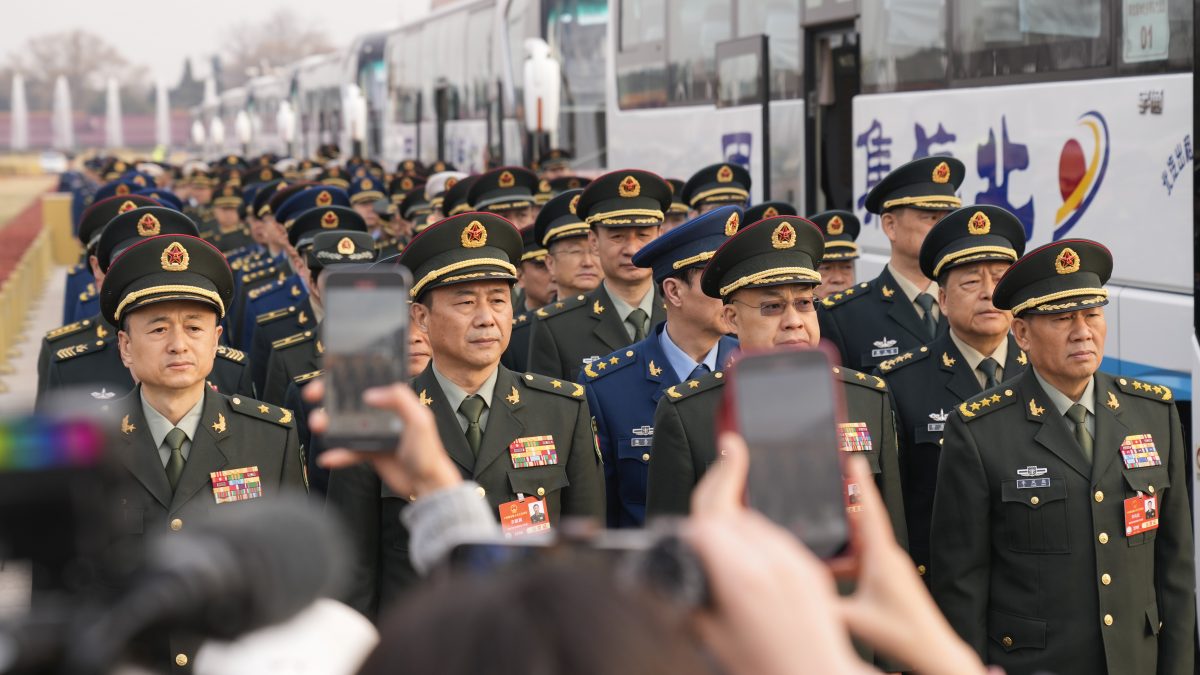China has maintained its economic growth target at “around 5%” for 2025, despite an upcoming trade war with the United States and other challenges.
Premier Li Qiang unveiled the GDP growth target Wednesday during the opening session of the National People’s Congress, China’s annual legislative conference. It underscores the government’s desire to stabilise but not accelerate growth in difficult economic circumstances.
According to Chinese official figures, the IMF forecasts that China’s GDP would grow by 4.6% this year, down from 5% in 2024.
“A target of around 5% is well aligned with our mid- and long-term development goals and underscores our resolve to meet difficulties head-on and strive hard to deliver,” the government report said.
The report offered some details on previously announced plans to step up stimulus for the sluggish economy this year. It said China’s government would adopt a “more proactive fiscal policy,” including an increase in deficit spending from 3% to 4% of GDP, or the size of the overall economy.
It said the government would issue 1.3 trillion yuan ($180 billion) in ultra-long term bonds, up from 1 trillion yuan last year.
Across-the-board tariffs imposed on Chinese products by U.S. President Donald Trump pose the latest threat to an economy already weighed down by a prolonged real estate slump and sluggish consumer spending and private business investment.
Impact Shorts
More ShortsChina’s ruling Communist Party signaled in December that it would boost stimulus this year. The U.S. tariffs have made that task more urgent, because they could crimp sales to one of China’s major export markets.
At the same time, Chinese leader Xi Jinping wants to wean the economy off its long-running dependence on the highly indebted real estate market. He is pushing economic resources into developing a more innovative, high-tech economy — and with growing restrictions on U.S. technology exports to China, one that isn’t beholden to other countries for the most powerful semiconductors and other electronic components.
That has remained the overarching long-term economic goal of the Communist Party, though it has enacted various measures since September in a possible shift in emphasis toward shoring up growth in the short-term.
The government has been giving rebates to consumers who trade in old cars or appliances for new ones and to businesses that upgrade their machinery and equipment. The party also announced in December that the central bank would shift its monetary policy from “prudent” to “moderately loose” for the first time in more than a decade.
The government, following the party’s leadership, is expected to borrow more this year, spend more on the rebate program and possibly increase pensions and health care benefits. The question is whether it will be enough to stabilize the economy and reach its target for growth.


)

)
)
)
)
)
)
)
)



